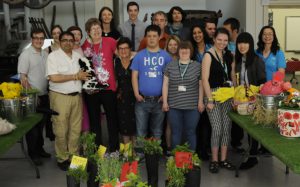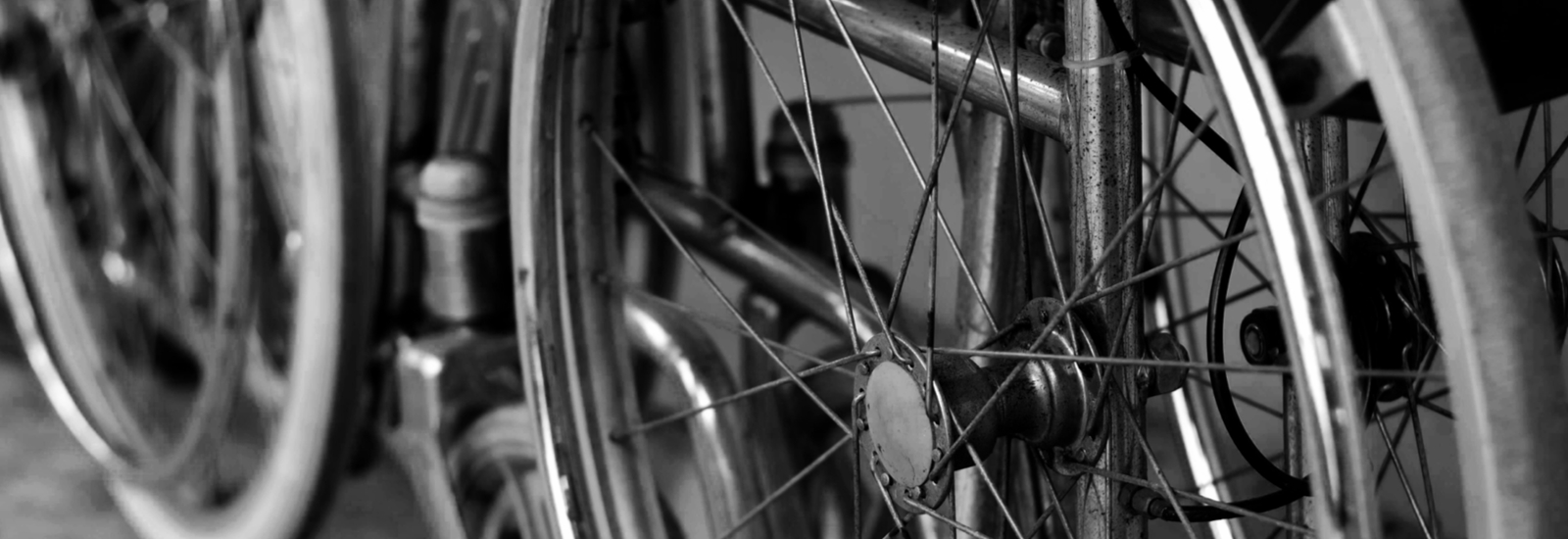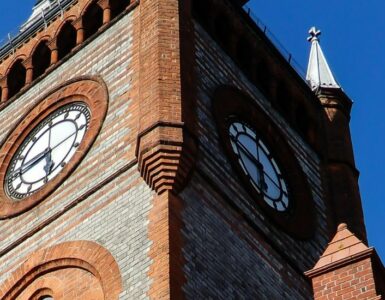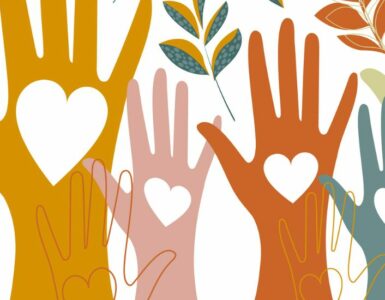Associate Professor, Dr Kate Allen, tells CONNECTED about a pioneering research project and start-up enterprise aimed at making museums more inclusive for people with learning disabilities.
In today’s society, it is important to engage all members of the public, and especially young people, in our cultural heritage. Whether through museum collections, visiting heritage sites or reading books, it is important that all generations enhance their understanding of our history.
However, museums archives, displays or collections are not always accessible to all. While there has been a step towards creating a more “hands-on experience” for museum visitors, these handling collections do not often cater towards the needs of those with learning disabilities. The cultural objects are often substituted for replicas, being chosen and created by curators, rather than a determined user-group, limiting accessibility.
More needs to be done to turn museums into more inclusive and interactive environments, enhancing public awareness of not only cultural heritage, but also of learning disabilities.
With these issues in mind, Dr Allen, launched the award-winning Arts and Humanities Research Council (AHRC) project, Sensory Objects. The project aimed to make museums more inclusive by listening to and acting on research by people with learning disabilities, creating multisensory interactive artworks that they could engage in and learn from.
A team effort
Built on collaborative workshops run by researchers and participants, both with and without learning disabilities, Sensory Objects has been vital in bringing museum collections to life and engaging a variety of audiences with a cultural past. In its initial three years, the project held more than 60 sensory art and technology workshops at the National Trust’s Speke Hall in Liverpool, Reading’s Museum of English Rural Life (MERL) and the British Museum, gathering ideas on how to make heritage sites more interactive, engaging and inclusive.

For example, in 2016, researchers and co-researchers on the project developed the Sensory Cow for the MERL. Commissioned by the Reading Arts Committee and CLA Charitable Trust, the interactive display brought farm animals to life by making noises and allowing members of the public to record their own sounds. The display was built from the ideas and makings of previous workshops, bringing together a community of people to make it happen.
Since its initial beginnings, Sensory Objects has done incredible things to increase public awareness around learning disabilities and engage marginalised groups in the country’s cultural heritage, and recently it has managed to go one step further…
Changing museum culture
The start-up enterprise, purpleSTARS (Sensory, Technology & Art Resource Specialists), was launched in 2018 as a follow-up project to Sensory Objects, building on the project’s strong foundations and developing a more sustainable model for its valuable future work. Funded for the first year by the AHRC, the enterprise brings together artists and technologists, with and without learning difficulties or disabilities, to transform museum experiences and make them more inclusive. Using sensory and digital media to create alternative interpretations of museum collections, the group aims to make a real impact in society.
At the heart of purpleSTARS is sensory expedition – the idea of engaging with and making a personal connection and response to museum exhibits. Despite its infancy, the enterprise has already had a huge impact on local museums and businesses, with the MERL extending its commitment to increasing the visibility of people with learning disabilities in museum settings. It now offers work placement opportunities for students from Reading College, enabling them to develop museum-specific skills and other transferable skills.
Now working with a set of new museums and heritage sites, such as the Museum of London and the Glenside Hospital Museum in Bristol, purpleSTARS is representing people with learning disabilities across the country.
Through both the Sensory Objects research project and purpleSTARS, Dr Allen and her collaborators have been able to make a difference to the way that museums engage with the public. Their research has translated into real actions, showing how important such artistic projects are both to the local and national community. As Dr Allen highlights, inclusivity is at the core of these projects:
“Sensory Objects research and the purpleSTARS approach to inclusive design is transformative because it applies the self-advocacy maxim of ‘Nothing About Us Without Us’.
“It actively engages and values people with learning disabilities as experts at the heart of the processes that shape our cultural institutions.
“The technical tools and methods we use scaffold the active engagement of a wide team of people with and without learning disabilities. As such, this work disrupts established understandings of inclusive design as a set of adjustments, proposing in its place a model of inclusivity gained through practice, that interprets the often-cited ‘public ownership’ of our museums in a challenging way.
“We promote inclusive public culture by actively engaging disabled people as researchers, curators and creative producers.”
Find out more about purpleSTARS and their recent work.






